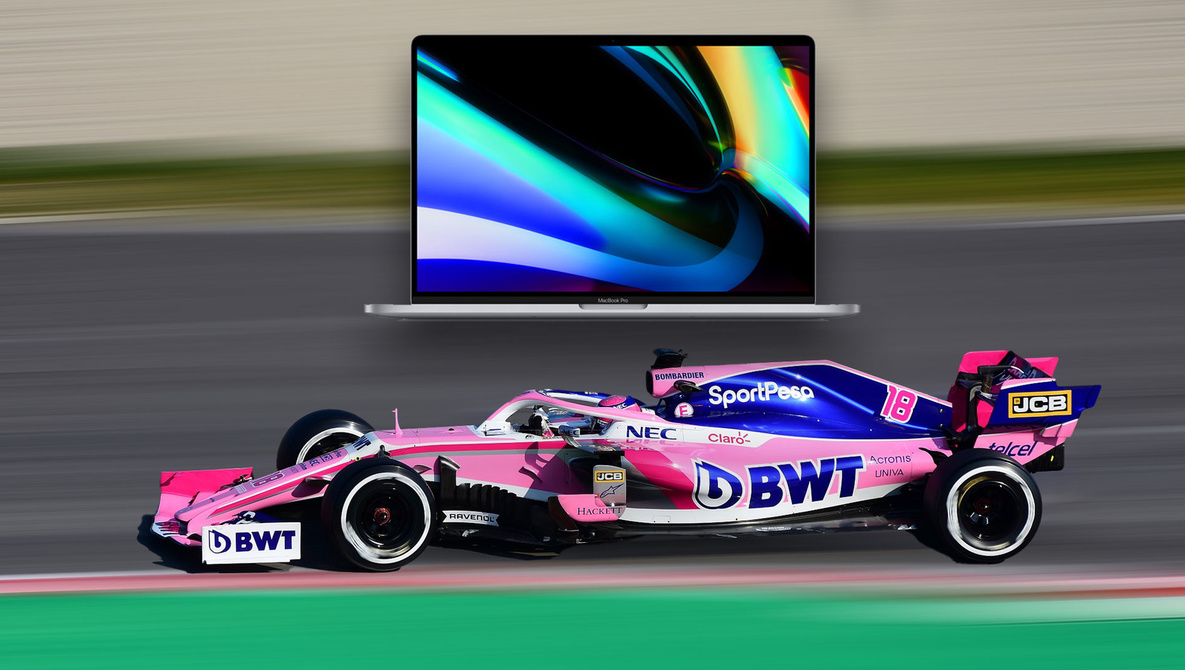Make Your MacBook Pro Faster for Editing Photos and Videos – Fstoppers

My MacBook Pro started to lag, get buggy, and slow down when editing photos and videos. So, I decided to do something about it, and with just a few budget tweaks, it now runs like new again.
I run a MacBook Pro and a Windows laptop to edit my photos and videos because of some software-only features on one platform or the other. Far from being the fat cat that makes me sound like, it’s actually just because I never got rid of my MacBook Pro from 2012. It still works great, but after eight years, it’s lost a lot of its speed thanks to the myriad operating system and app updates.
So, instead of just buying a new laptop, I set about upgrading my 2012 MacBook Pro in an attempt to make it work like new again, and in this article, I’ll go through the process step by step in the hopes that you can do the same and revel in the results.
Upgrade Your Hard Drive
This is by far and away from the best upgrade I made to my MBP. I switched out the old hard disk drive, which runs on old metal, spinning discs, and popped in a brand new solid state drive. The benefit of running an SSD over an HDD is that there are no moving parts, and the speed benefits are enormous.
I bought one and made a straight swap by unscrewing the bottom panel of the laptop and unclipping a few pieces. The process was simple and there are plenty of guides on how to do it online, but the big tip I recommend is using an anti-static sheet when doing the swap. This stops static electricity from shorting out any vital components and wrecking your laptop. I bought the Western Digital Blue 3D NAND 2.5″ SATA SSD, and it’s been running happily in my MacBook Pro 2012 ever since.
The boot time is ridiculous now, about 10 seconds compared to a minute and a half (I could go and get a cup of tea before). I also timed how long it took to restart: only 30 seconds! I don’t have issues with slow software now either; editing photos and even videos is a breeze. I’ve noticed it even makes browsing the internet faster.
Get the Fastest RAM Possible
RAM, your computer’s short-term memory, works by storing temporary information when you’re using the computer. It’s on small sticks of circuit board with a few silicone chips and is actually easier to replace than the simple steps it takes to swap the hard drive because the RAM holding plates allow them to pop in and out with no tools.
There are two aspects you should look for when upgrading your RAM: size and speed. The capacity of the RAM, whether 8 GB, 16 GB, or more, determines how much information it can hold at one time. Not all RAM is created equally; though it may be the same size, the speed at which it delivers the information depends on the frequency it runs at.
A higher frequency usually means it’ll run faster and you’ll be able to use your editing apps more smoothly. Get the highest speed (measured in megahertz, MHz) possible. Have a search online for the RAM that’s compatible with your MacBook Pro, like these here.
Uninstall Old Software
If there’s any software you no longer use on your MBP, it’ll contribute to the slowdown of your machine. Granted, this is less of an issue if you’ve upgraded to an SSD, but when any of your onboard storage devices get close to full, the computer can grind to a halt. So, it’s a good idea to uninstall anything you’re no longer using, especially that free trial software you tried but never bought. Just be sure to empty your trash if you move it there, as it’ll still take up space on your Mac until it’s cleared.
Use Manage Storage Option
Head to “About This Mac,” and you’ll be able to view and manage the storage. macOS now has a built-in feature to automatically delete old, unwanted files such as old iTunes films and TV shows. This is an extended version of the previous step but can be beneficial for those that use their MacBook Pro as a personal laptop as well as one for editing work. The great benefit of choosing this option is that you can see which files take up the most room.
Prevent Apps From Starting Up
Certain applications will launch automatically when you turn on your laptop, and this sometimes means waiting anywhere from a few seconds to a few minutes for the laptop to warm up before you can use it properly. But you can customize which apps start up by heading to System Preferences and clicking on “Users and Groups” before going to the Login Items tab and ticking or unticking the software that boots on launch. Restart the machine and you’ll notice a faster start-up time.
Stop Storing Files on Your Desktop
Any file stored on your desktop is kept in the RAM. If you reallocate these files to a proper folder somewhere under Pictures or Documents, you’ll see that you get more RAM back, and this can be used to run your editing software like Lightroom, Photoshop, or Premiere more effectively.
There’s More
I could spend all day telling you about little tweaks here and there that vastly improve the speed of your old, slow MacBook Pro, but the above steps should take care of a big bulk of the problems and help get the laptop running quickly again. If you have an old MacBook laying around that you don’t use, try the above steps and see how fast you can make it. You might find yourself using the laptop again after all.
Main image by Adriel 00, used under Creative Commons.